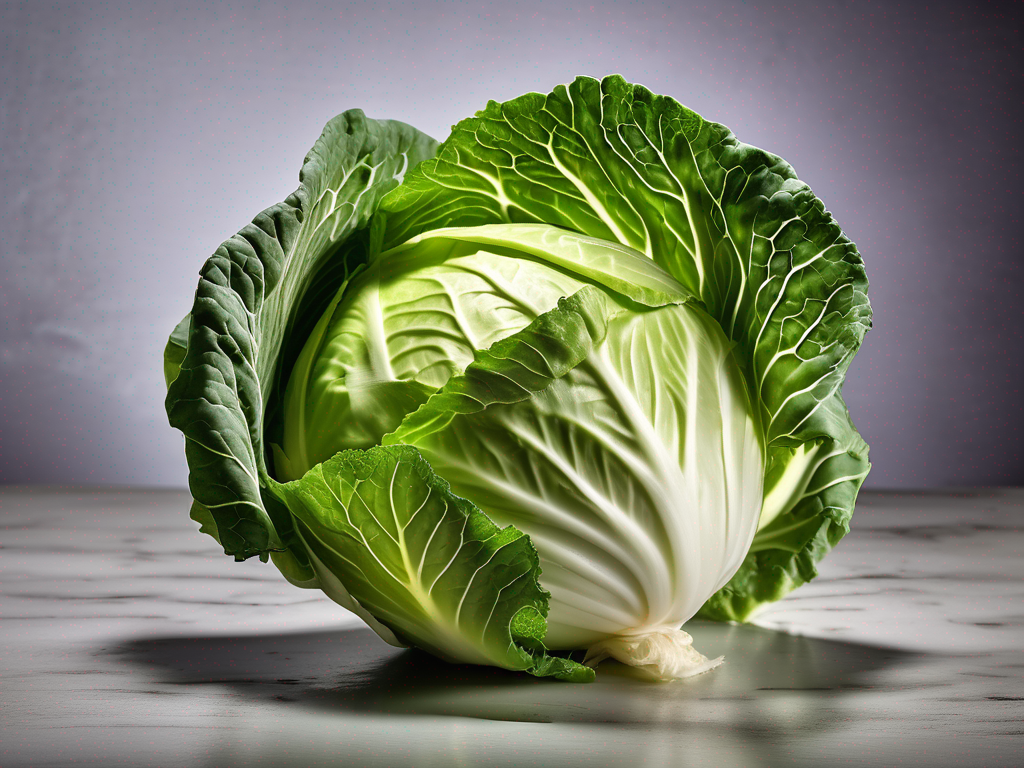
Signs that Common Cabbage Has Gone Bad
Get Your Free Food Safety Cheat Sheet
30 most common foods with instant answers. Print it and stick it on your fridge—completely free!
Signs that Common Cabbage Has Gone Bad
Common cabbage is a versatile vegetable that can be used in a variety of dishes, from salads to soups. However, like all fresh produce, cabbage can spoil if not stored properly. In this blog post, we will discuss the signs that common cabbage has gone bad and provide tips on how to properly store it to maximize its shelf life. (Common cabbage)
How to Tell If Your Common Cabbage Has Gone Bad
When it comes to common cabbage, there are several signs that indicate it may have gone bad. Here are some common indicators to look out for:
1. Discoloration
- Yellowing: If you notice that the outer leaves of the cabbage are turning yellow or brown, it is a sign that the cabbage is starting to spoil.
- Dark Spots: Dark spots or discoloration on the leaves can also indicate that the cabbage is no longer fresh.
2. Slimy Texture
- Touch the Leaves: When you touch the cabbage leaves, if they feel slimy or slippery, it is a clear sign that the cabbage has started to deteriorate.
3. Unpleasant Odor
- Smell the Cabbage: Fresh cabbage should have a mild, earthy smell. If you detect a sour or unpleasant odor coming from the cabbage, it is likely spoiled.
4. Mold Growth
- Visible Mold: If you see any mold growth on the cabbage, it is a clear sign that it has gone bad and should be discarded.
5. Soft or Mushy Texture
- Press the Cabbage: Gently press the cabbage head with your fingers. If it feels soft or mushy instead of firm, it has likely spoiled.
How to Properly Store Common Cabbage
To extend the shelf life of common cabbage and prevent it from spoiling prematurely, follow these storage tips:
1. Refrigeration
- Store in the Crisper Drawer: Place the cabbage in the crisper drawer of your refrigerator, where the temperature is slightly cooler and more consistent.
2. Moisture Control
- Wrap in Plastic Wrap: To retain moisture and prevent the cabbage from drying out, wrap it tightly in plastic wrap before storing it in the fridge.
3. Air Circulation
- Ventilation: Ensure that there is adequate air circulation around the cabbage to prevent the buildup of excess moisture, which can lead to spoilage.
4. Temperature
- Consistent Temperature: Maintain a constant temperature in your refrigerator, ideally around 32-40°F (0-4°C), to keep the cabbage fresh for longer.
5. Proper Placement
- Keep Away from Ethylene-Producing Foods: Store cabbage away from fruits and vegetables that produce ethylene gas, such as apples and bananas, as this can accelerate spoilage.
Conclusion
In conclusion, common cabbage is a nutritious and versatile vegetable that can enhance a variety of dishes. By being aware of the signs of spoilage and following proper storage practices, you can ensure that your cabbage stays fresh for longer and remains safe to consume. Remember to regularly check your cabbage for any signs of deterioration and discard any cabbage that shows signs of spoilage. By taking these simple precautions, you can enjoy fresh and delicious cabbage in your meals. (Common cabbage)
Authoritative Food Safety References
These agencies and university labs inform every tip and health precaution we publish.
USDA FoodKeeper – Cold Storage Guidelines
Official refrigerator, freezer, and pantry timelines maintained by the U.S. Department of Agriculture.
Visit USDA FoodKeeperFDA Produce Safety Rule & Grower Guidance
Field-to-fridge handling practices that prevent contamination of fruits, vegetables, and leafy greens.
Visit FDA Produce SafetyCDC Foodborne Illness Prevention Hub
Surveillance-backed guidance on pathogens, symptoms, and steps to reduce foodborne illness risk.
Visit CDC Food SafetyUC Davis Postharvest Technology Center
University research detailing optimal storage atmospheres for produce after harvest.
Visit UC Davis PostharvestPenn State Extension – Home Food Preservation & Safety
Peer-reviewed extension bulletins on safe canning, chilling, and reheating practices.
Visit Penn State ExtensionGet Your Free Food Safety Cheat Sheet
30 most common foods with instant answers. Print it and stick it on your fridge—completely free! Want more? Upgrade to the complete guide with 70+ foods.
Scan your food directly and get instant safety info using our AI-powered camera feature.